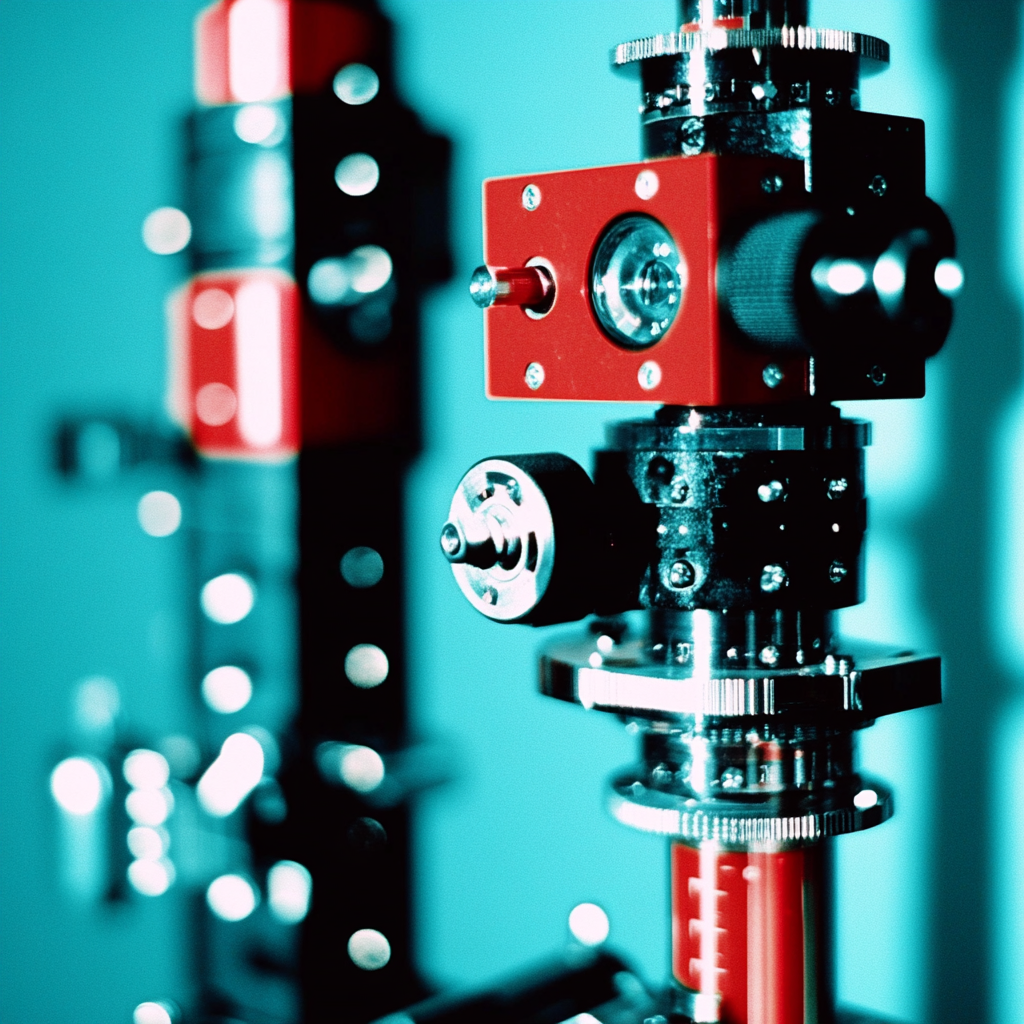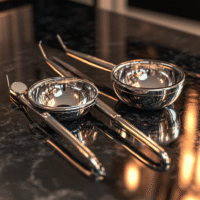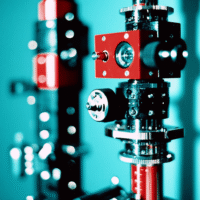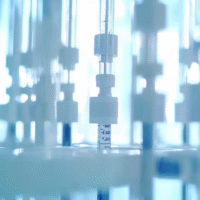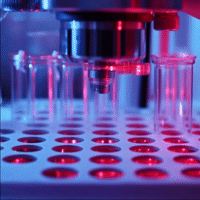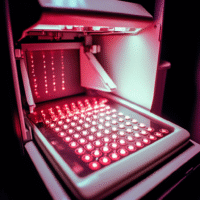Understanding the Trial Results
The study compared two types of pulmonary rehabilitation (PR): one using minimal equipment (PR-min) and the other using specialized gym equipment (PR-gym). Both types aimed to help people with chronic respiratory diseases improve their ability to exercise and overall well-being.
What Worked?
- Both PR-min and PR-gym showed improvements in exercise capacity, which means participants were able to walk further after completing the programs.
- Participants also reported less breathlessness and better quality of life.
- There was no significant difference between the two groups, meaning PR-min was just as effective as PR-gym.
What Didn’t Work?
- There were no major issues or side effects reported from either type of PR.
- Costs were similar for both approaches, meaning PR-min does not save money compared to PR-gym.
How This Helps Patients and Clinics
This trial shows that PR-min can be a good alternative to PR-gym, especially in places where specialized equipment is not available. This means more patients can access rehabilitation programs, helping them improve their health.
Real-World Opportunities
- Clinics can offer PR-min to more patients, expanding access to pulmonary rehabilitation.
- Doctors can recommend PR-min for patients who may not be able to use gym equipment.
- Hospitals can save space and resources by using minimal equipment for rehab programs.
Measurable Outcomes
Clinics should track the following outcomes after implementing PR-min:
- Distance walked during exercise tests.
- Levels of breathlessness reported by patients.
- Overall quality of life through patient surveys.
AI Tools to Consider
Clinics can explore AI solutions for tracking patient progress and managing rehabilitation programs effectively. Some examples include:
- AI-powered fitness apps that monitor exercise performance.
- Data analysis tools to evaluate patient outcomes and adjust programs as needed.
Step-by-Step Plan for Clinics
Here’s how clinics can start using these findings:
- Begin by training staff on the PR-min program and its benefits.
- Start with a small group of patients to test the PR-min approach.
- Collect data on their progress and feedback.
- Gradually expand the program based on patient responses and outcomes.
- Continuously monitor and adjust the program to improve effectiveness.
For more detailed information about the research, you can visit the study link: JAMA Network Open Study.
